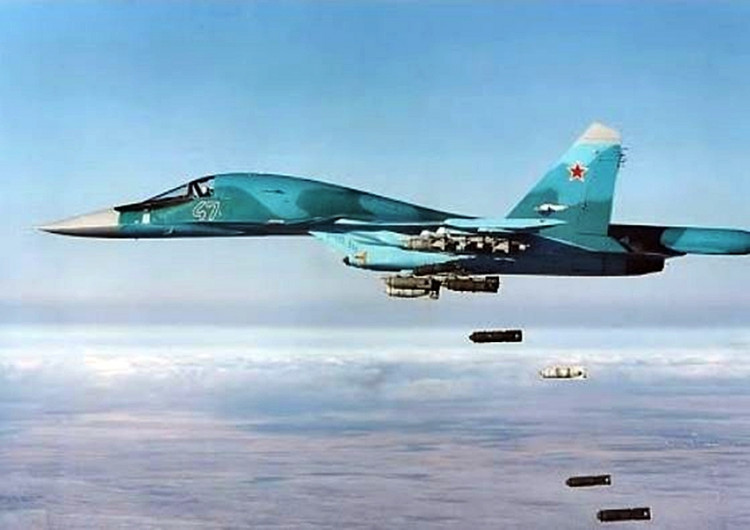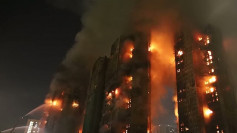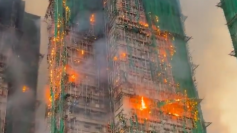Russia's overwhelming reliance on dropping massive numbers of cheap, unguided bombs (or gravity bombs) -- especially internationally banned "cluster bombs" -- on civilian and military targets in Syria has killed more than 18,000 persons in Syria since Russia intervened militarily in 2015.
Much of this bombing has been indiscriminate and involves area bombing or saturating a single target with large numbers of bombs in the hopes of killing their intended targets. Many of these attacks have used banned cluster bombs such as the Russian-made RBK-250 and RBK-500 cluster bombs.
Russian bombing raids have killed at least 18,096 people, according to the Syrian Observatory for Human Rights (SOHR), the United Kingdom-based information office whose aim is to document human rights abuses in Syria. This death toll includes 7,988 civilians or nearly half of the total, said SOHR chief Rami Abdulrahman
SOHR estimated that over 5,230 Islamic State fighters were also killed in Russian air strikes. The rest of the dead include other rebels such as U.S.-backed groups, Islamists and radical jihadists.
The Syria Civil Defense, more popularly known as the "White Helmets, has corroborated SOHR's report with its own report on the toll inflicted by haphazard Russian air strikes since 2015. The White Helmets are a volunteer rescue organization operating in rebel-controlled Syria and in Turkey.
The White Helmets report released Sept. 30 said it has responded to dozens of air strikes by Russia on buildings used by civilians since 2015. The report noted Russian bombing raids on 19 schools, 12 public markets and 20 medical facilities over the past three years. The Russians, who brand the White Helmets a terrorist organization, also bombed 21 White Helmet rescue centers.
The White Helmets scathingly said Russia has flaunted its disregard for agreements over safe zones, no-conflict zones, cessations of hostilities, and de-escalation zones by continuing with airstrikes on civilian spaces.
Russia's indiscriminate bombing campaigns were also blasted by Airwars, a UK-based not-for-profit tracking the toll airstrikes are taking on civilian populations in Syria, Iraq, and Libya. Airwars reported a 34 percent increase in incidents causing civilian casualties instigated by Russia from January to June of this year compared to the same period in 2017.
Airwars reported 3,445 civilian casualties that can be directly linked to Russian air strikes but noted that the actual number of deaths could be as high as 18,000, which only refers to civilian casualties.
Airwars director Chris Woods said the mammoth jump in civilian casualties this year reflects the aggressive campaigns Russia has been involved in this year. He noted that with every international belligerent in Syria, "we see very poor outcomes for civilians but we do not generally see deliberate targeting of civilian infrastructure ... like we do with Russia."
Woods said that, ultimately, Russia is ensuring the survival of the Bashar al-Assad government at any cost. Russian air strikes are crucial in helping al-Assad's troops retake swathes of the country, including Aleppo in 2016 and areas around Damascus and the south this year.
Human Rights Watch said Syrian-Russian joint military operations in Syria have included the use of internationally banned cluster munitions. These cluster bomb attacks in at least 14 attacks across five governorates since January 26, 2016, killed at least 37 civilians, including six women and nine children, and wounded dozens.






